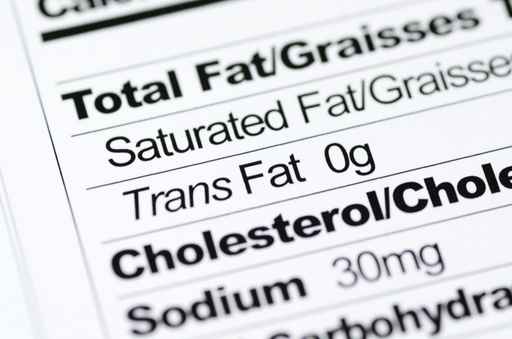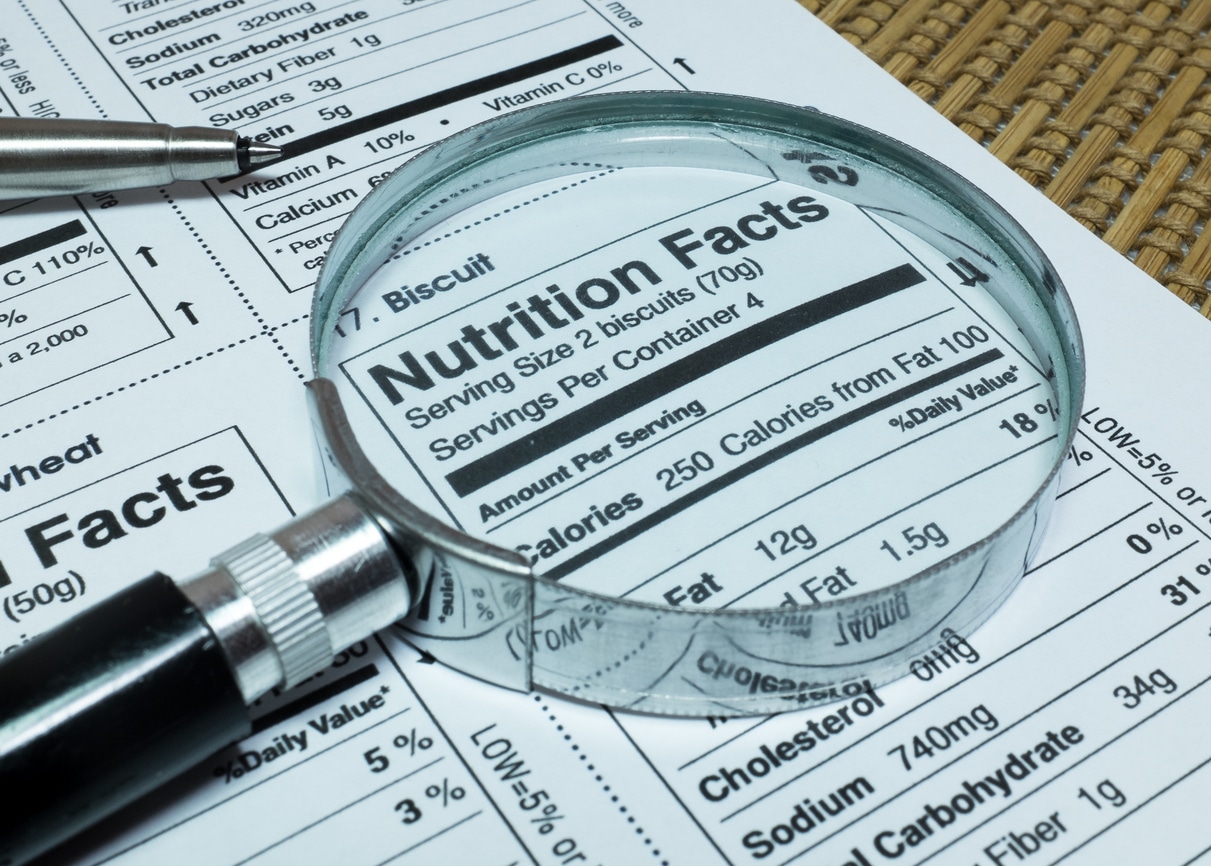Understand what you eat
Do you read ingredient lists and Nutrition Facts tables?
They contain a lot of important information
to help you lose weight and be healthy..
To follow a weight loss diet, lose weight and not take back lost pounds,
it is important to have healthy eating habits.
The different aspects of the Nutrition Facts
Nutrtitional allegation
They serve to emphasize a particular nutritional characteristic of a food.
They are usually written in large letters or in bold on the package.
They are all true and governed by strict rules. The government has established rules for their use and a product must meet certain requirements to be considered a "source of" or low in a given nutrient.
However, one should be wary of what they do not say and check the nutritional indications and ingredients.
For more information, visit le site de Santé Canada

Nutritional factsTableau d'information nutritionnelle
This table contains detailed product information by serving. It is essential for calculating calories, reducing fat intake and salt or eating more dietary fiber.

Several variables will inform us
Portion : the one shown may not correspond to your portion. It varies by brand and must be considered when comparing foods with each other.
Energy or caloric intake: gives the number of calories per serving; also expressed in kilojoules.
Fat : indicates the total fat content per serving. Although often the different types of fat are indicated, the most useful information is the total fat intake expressed in grams. Remember that there are 9 calories per gram of fat, so multiply the total number in grams by 9 and you will get the number of calories provided by the fat. Compare it with total calories.
Cholesterol : it is a fatty substance essential to life and involved in the manufacture of cells and hormones, but its increase in the blood and in the walls of the arteries can be dangerous.
Sodium :gives an idea of the amount of salt present in the food. Average consumption should be around 3 g (3000 mg) per day, so a maximum of 1000 mg per meal.
Carbohydrate :represents the total of sugars, starches and fibers. When only the total is available, it is difficult to know if the product is sweet. Then rely on the list of ingredients and your taste for detecting sugar.
Remember that there are 4 calories per gram of sugar. Multiply the total number in grams by 4 and you will have the number of calories provided by the sugar.
Avoid all refined sugars.
To be sure of eating enough, you have to eat foods that are the least refined possible. Eat more fruits, vegetables, whole grains, legumes. You should also drink a lot of water, otherwise the fibers may block the elimination.
Always follow you diet plan
Protein :gives the total amount of protein. This should be considered especially when choosing a main course or food from the meat and alternatives group.
Remember that there are 4 calories per gram of protein, so multiply the total number in grams by 4 and you will have the number of calories provided by the proteins.
Certain vitamins (C, E and beta-carotene) seem to play a key role in preventing or delaying coronary heart disease, cancer, cataracts and other diseases and could delay the effect of aging. They are called antioxidants because they neutralize free radicals.
Vitamins and minerals play vital roles in the life of our body.
Ingredients
It tells us about the composition of a food. The longer the list, the more refined the food is. The ingredients are necessarily placed in descending order, so the first ingredients appearing in the list are necessarily the most abundant.
Choose a product that has a list of ingredients as short as possible, an indicator that it is unrefined and therefore richer in nutrients.
Use the nutrition label to familiarize yourself with all aspects of a food.


